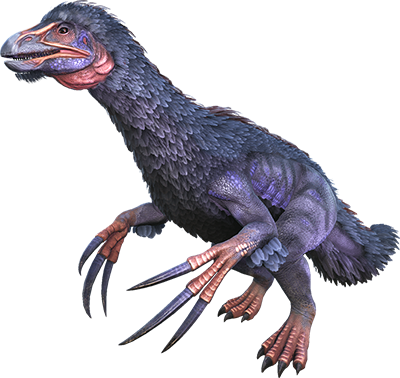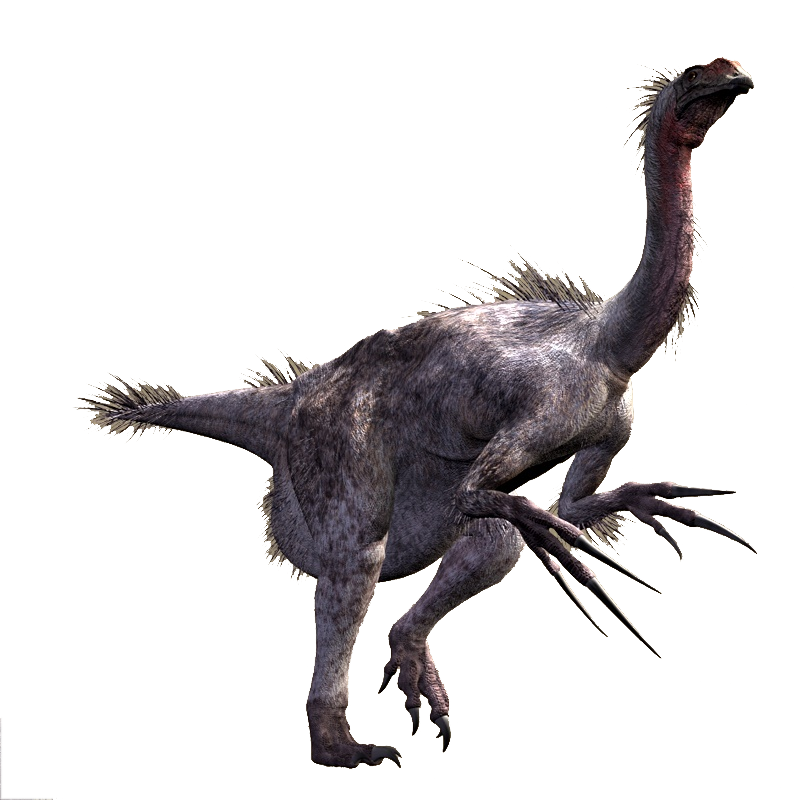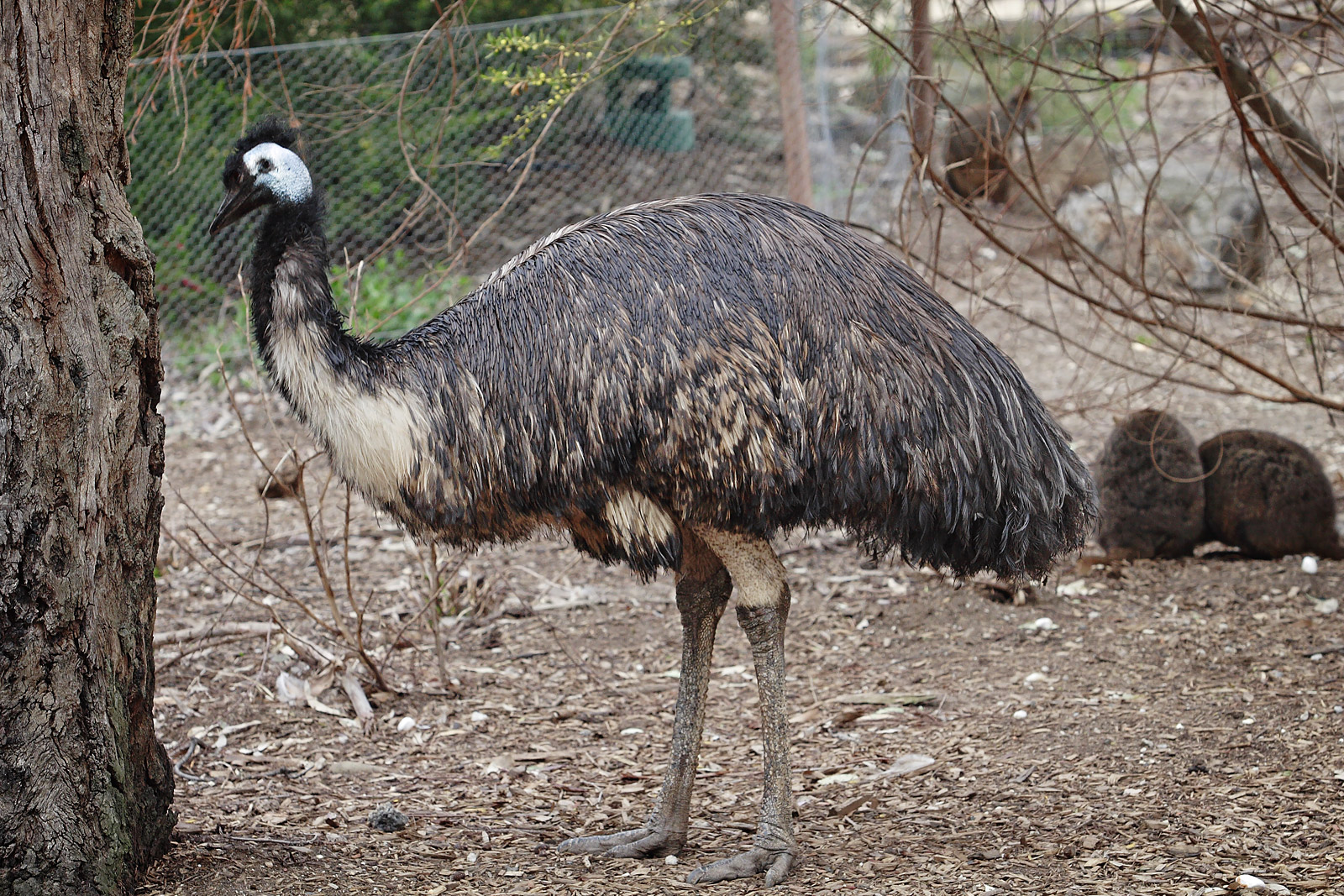Skip to comments.
New Jersey Fossils Shed Light on Theropod Dinosaurs of Eastern United States
Sci-News.com ^
| Aug 30, 2018
| News Staff / Source
Posted on 08/31/2018 6:32:10 AM PDT by ETL
Discovered in the early 80s, the Ellisdale fossil site of New Jersey has become well-known for preserving an unusually complete record of terrestrial animals from the eastern coast of North America from 75 million years ago, when the continent was divided as two landmasses by a large interior sea. Yet, the dinosaur fossils of the site have never been formally described.
Since 2014, researcher Chase Brownstein of the Stamford Museum and Nature Center has been tracking down elusive eastern North American dinosaurs.
Recently, Brownstein has been working on describing the ample assemblage of bones from one group of dinosaurs, the theropods, from Ellisdale.
This group of dinosaurs, which includes giant carnivores like Tyrannosaurus, smaller predators like Velociraptor, herbivorous species like the long-necked, massive claw-bearing Therizinosaurus, is the lineage to which birds belong. ..."
One particularly interesting finding is that several teeth previously recognized as those of tyrannosaurs are in fact those of giant dromaeosaurid, or ‘raptor,’ dinosaurs potentially more than 13 feet (4 m) long.
Some of these teeth, although incomplete, are as large or larger than teeth from other giant raptor dinosaurs already known from western North America.
Finally, some teeth from smaller raptor dinosaurs are also known from Ellisdale.
As small dinosaurs are very poorly known from eastern North America, these fossils are an important addition to the record of smaller dinosaur bones.
“These bones and teeth may not be more than a few isolated, fragmentary pieces,” said Brownstein, “but they can greatly help us in better grasping aspects of dinosaur biology like their global diversity, distribution, and evolution.”
(Excerpt) Read more at sci-news.com ...
TOPICS: Chit/Chat; Science
KEYWORDS: dinosaurs; fossils; godsgravesglyphs; newjersey; paleontology; theropods


Ellisdale fossils: (A) foot bone of a tyrannosaur; (B) giant dromaeosaurid (raptor dinosaur) teeth; (C), tyrannosaur teeth; (D) limb bone of a theropod
dinosaur; (E) partial tooth of a small dromaeosaurid (raptor dinosaur); (F) foot bone of an ornithomimosaur (ostrich dinosaur).
Image credit: Chase D. Brownstein.
1
posted on
08/31/2018 6:32:11 AM PDT
by
ETL
2
posted on
08/31/2018 6:32:36 AM PDT
by
ETL
(Obama-Hillary, REAL Russia collusion! Uranium-One Deal, Missile Defense, Iran Deal, Nukes: Click ETL)

Ellisdale Fossil Site:
The Ellisdale Fossil Site is located near Ellisdale in the valley of the Crosswicks Creek, in Monmouth County, New Jersey, United States.
The site has produced the largest and most diverse fauna of Late Cretaceous terrestrial animals from eastern North America, including the type specimens of the teiid lizard Prototeius stageri[1] and the batrachosauroidid salamander Parrisia neocesariensis.[2]
The site occurs within the basal portion of the Marshalltown Formation, and dates from the Campanian Stage of the Late Cretaceous.[3]
The site is classified as a Konzentrat-Lagerstätten resulting from a prehistoric coastal storm.[4]
History of the discovery:
The Ellisdale site was discovered in 1980 by two avocational paleontologists, Robert K. Denton Jr. and Robert C. O’Neill, who brought it to the attention of David C. Parris, the Director of the Bureau of Natural History at the New Jersey State Museum.[5]
Parris encouraged the two collectors to continue monitoring the site, and within a few years hundreds of disarticulated bones of dinosaurs, crocodilians, turtles and fish had been donated to the New Jersey State Museum, which is the repository for the collection.
The significance of the Ellisdale Site was recognized by the National Geographic Society which sponsored research under Society grants in 1986 and 1987. To date over 20,000 specimens have been collected.
The Ellisdale Site is currently owned by Monmouth County Park System and is under the management of the New Jersey State Museum. Fossil collecting by the general public is prohibited.
Geological setting:
The Ellisdale site occurs within the basal portion of the Marshalltown Formation, of the Late Cretaceous Matawan Group of New Jersey. The exposures of the Marshalltown Formation at Ellisdale have basal lenticular bedded estuarine clays underlain by crossbedded coastal sands of the Englishtown Formation.
The estuarine clays are overlain by well-sorted, crossbedded sand and offshore glauconites, respectively. The entire sequence is interpreted as preserving the landward migration of a barrier beach/backbay/estuarine/deltaic complex during the Marshalltown transgression.
Vertebrate fossils are concentrated with rip-up clasts near the base of the estuarine clay sequence in a lag deposit consisting of siderite pebbles, poorly graded sand, and lignite. The fossil layer is considered a single-event storm deposit based on sedimentology and stratigraphy.[6]
The upper (marine) member of the Marshalltown was formerly considered latest Campanian in age, due to the presence of the foraminifer Globotruncana calcarata;[7] however the G. calcarata zone has since been redated as Middle Campanian in age (75-76 ma).[8]
A recent study of fossil pollen from the estuarine strata enclosing the fossil layer has determined an Early to Mid-Campanian age for the stratum (76 - 80 ma) and a fresh or brackish water tidal marsh environment of deposition.[9]
Paleoecology and taphonomy
Remains of animals from at least four paleoenvironments are represented at the Ellisdale Site: marine, lagoonal/backbay, estuarine/freshwater, and terrestrial.
Mixed faunal assemblages of this type are typically associated with transgressive lag deposits, and result from the slow accumulation of transported skeletal remains in tidal channels, backbays, and lagoons.
Wave action and storms relocated the bones of marine animals to shallow water, while river currents and flooding events transported and deposited the remains of freshwater and upland terrestrial animals such as crocodilians and dinosaurs.
Megafossils of at least three different types of plants have been found at the site: Liriodendron, Metasequoia, and Picea. In addition, possible remains of Mangrove roots have been found encased in siderite concretions.
Amber has been found at the site occurring in small droplets, generally less than 5 millimeters in size. Taphonomic analysis of the Ellisdale fauna[10] has revealed two distinctly different types of preservation.[11]
Bones of both marine and upland terrestrial animals are typically broken, heavily worn, and missing the outermost layer of bone (periosteum). Some bones show evidence of boring by the marine shipworm Teredo.
In contrast, the bones of microvertebrates such as amphibians, lizards and mammals are much more complete, with delicate processes and the periosteum intact.
The small animal fauna of the site probably represents a “proximal” assemblage that lived at or near the final point of deposition, while the heavily worn bones represent a “distal” fauna.[2]
It is thought that the proximal fauna may have lived within a freshwater deltaic estuary that was affected by a coastal storm surge or a possible tsunami.[4] The presence of numerous well-preserved amphibian fossils support the idea that the environment was freshwater, as amphibians are salt-intolerant.[2]
The disarticulated bones which accumulated in the lagoonal backbays by river transport, and in the shallow marine environment offshore, would have been mixed with the skeletal remains of the animals that lived within the delta as the storm surge swept over the estuary.
Return flooding from the overfilled lagoons and estuarine channels after the storm’s passage would have subsequently filled with debris, resulting in the mixed assemblage of animal and plant remains that are found at the site today.
https://en.wikipedia.org/wiki/Ellisdale_Fossil_Site
3
posted on
08/31/2018 6:32:57 AM PDT
by
ETL
(Obama-Hillary, REAL Russia collusion! Uranium-One Deal, Missile Defense, Iran Deal, Nukes: Click ETL)
To: ETL
But enough about the New Jersey Legislature. . . (grin)
4
posted on
08/31/2018 6:33:30 AM PDT
by
Salgak
(You're in Strange Hands with Tom Stranger. . . .)
To: All
5
posted on
08/31/2018 6:39:17 AM PDT
by
ETL
(Obama-Hillary, REAL Russia collusion! Uranium-One Deal, Missile Defense, Iran Deal, Nukes: Click ETL)
To: All
 Fold in the Green Pond Formation Location: Rt 23 North Newfoundland, NJ
Fold in the Green Pond Formation Location: Rt 23 North Newfoundland, NJ
6
posted on
08/31/2018 6:39:27 AM PDT
by
ETL
(Obama-Hillary, REAL Russia collusion! Uranium-One Deal, Missile Defense, Iran Deal, Nukes: Click ETL)
To: All
7
posted on
08/31/2018 6:41:20 AM PDT
by
ETL
(Obama-Hillary, REAL Russia collusion! Uranium-One Deal, Missile Defense, Iran Deal, Nukes: Click ETL)
To: ETL
The therazinosaurus was a fascinatingly bizarre animal... I can't help but wonder why they don't include it in a Jurassic movie instead of making up hybrid dinosaurs that never existed like the Indominus Rex or Indoraptor.
8
posted on
08/31/2018 7:02:01 AM PDT
by
pcottraux
(depthsofpentecost.com)
To: ETL
The therazinosaurus was a fascinatingly bizarre animal... I can't help but wonder why they don't include it in a Jurassic movie instead of making up hybrid dinosaurs that never existed like the Indominus Rex or Indoraptor.
9
posted on
08/31/2018 7:02:08 AM PDT
by
pcottraux
(depthsofpentecost.com)
To: ETL
What a fast food queue might look like if they were still around. And guess what's (who's) for dinner!

10
posted on
08/31/2018 7:11:47 AM PDT
by
katana
(We're all part of a long episode of "The Terrific Mr. Trump")
To: pcottraux
The therazinosaurus was a fascinatingly bizarre animalFrom Wiki...
"Therizinosaurus is a genus of very large theropod dinosaurs. Therizinosaurus comprises the single species T. cheloniformis, which lived in the late Cretaceous Period (late Campanian-early Maastrichtian stages, around 70 million years ago), and was one of the last and largest representatives of its unique group, the Therizinosauria.
Fossils of this species were first discovered in Mongolia and were originally thought to belong to a turtle-like reptile (hence the species name, T. cheloniformis – “turtle-formed”). It is known only from a few bones, including gigantic hand claws, from which it gets its name.
Though the fossil remains of Therizinosaurus are incomplete, inferences can be made about their physical characteristics based on related therizinosaurids.
Like other members of their family, Therizinosaurus probably had small skulls atop long necks, with bipedal gaits and heavy, deep, broad bodies (as evidenced by the wide pelvis of other therizinosaurids). Their forelimbs may have reached lengths of up to 2.5 metres (8.2 feet)[1] or even 3.5 metres (11.5 feet) in the largest known specimen.[2] Their hindlimbs ended in four weight-bearing toes, unlike other theropod groups, in which the first toe was reduced to a dewclaw.
In 2010 Gregory S. Paul estimated the maximum size of Therizinosaurus at 10 metres (33 ft) in length and five tonnes in weight.[2] They are the largest therizinosaurs known, and the largest known maniraptorans.[2]
The most distinctive feature of Therizinosaurus was the presence of gigantic claws on each of the three digits of their front limbs. These were common among therizinosaurs but especially large in Therizinosaurus, and while the largest claw specimens are incomplete, they probably reached 0.7–1 metres (2.3–3.3 ft) in length. The claws are the longest known from any animal.[3] The claws were relatively straight, only gradually tapering into a point, as well as extremely narrow and transversely flattened.[2][4][5][6]
The feeding habits of Therizinosaurus are unknown since no skull material has ever been found that could indicate their diet. However, like other therizinosaurs, they were probably primarily herbivorous.[7]
https://en.wikipedia.org/wiki/Therizinosaurus
_____________________________________





11
posted on
08/31/2018 7:12:14 AM PDT
by
ETL
(Obama-Hillary, REAL Russia collusion! Uranium-One Deal, Missile Defense, Iran Deal, Nukes: Click ETL)
To: ETL
12
posted on
08/31/2018 7:12:54 AM PDT
by
mewzilla
(Has the FBI been spying on members of Congress?)
To: ETL
13
posted on
08/31/2018 7:31:42 AM PDT
by
vannrox
(The Preamble to the Bill of Rights - without it, our Bill of Rights is meaningless!)
To: ETL

Emu
14
posted on
08/31/2018 7:39:50 AM PDT
by
bert
((K.E. N.P. N.C. +12) Muller..... conspiracy to over throw the government)
To: ETL
They just better stay off the beach when we are there.This is cool,I’ll show our 6 year old grandson.:)
15
posted on
08/31/2018 7:43:54 AM PDT
by
fatima
(Free Hugs Today :))
To: StayAt HomeMother; Ernest_at_the_Beach; 1ofmanyfree; 21twelve; 24Karet; 2ndDivisionVet; 31R1O; ...
Note: this topic is from . Thanks ETL.

16
posted on
10/31/2018 7:05:15 PM PDT
by
SunkenCiv
(and btw -- https://www.gofundme.com/for-rotator-cuff-repair-surgery)
To: ETL
17
posted on
10/31/2018 7:08:33 PM PDT
by
sauropod
(Yield to sin, and experience chastening and sorrow; yield to God, and experience joy and blessing.)
Disclaimer:
Opinions posted on Free Republic are those of the individual
posters and do not necessarily represent the opinion of Free Republic or its
management. All materials posted herein are protected by copyright law and the
exemption for fair use of copyrighted works.
FreeRepublic.com is powered by software copyright 2000-2008 John Robinson












